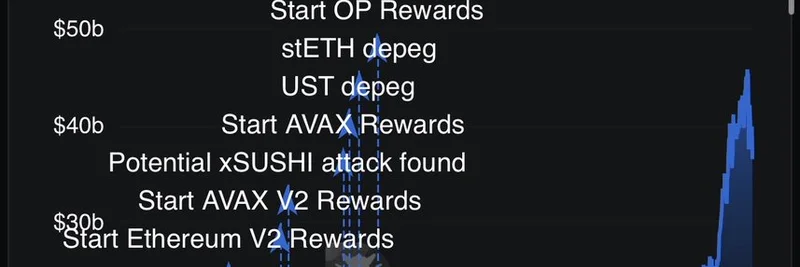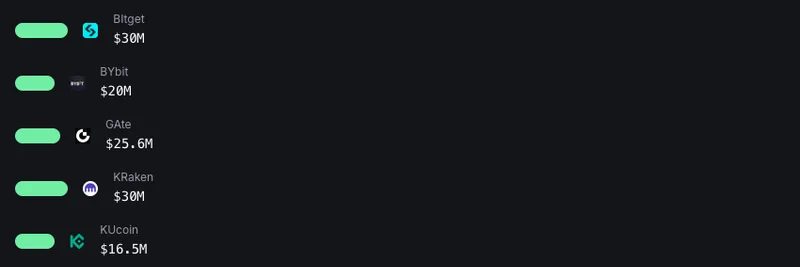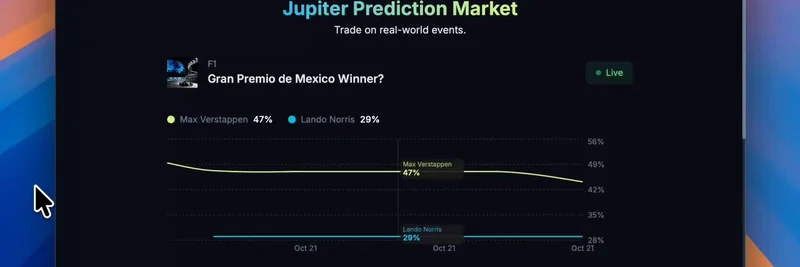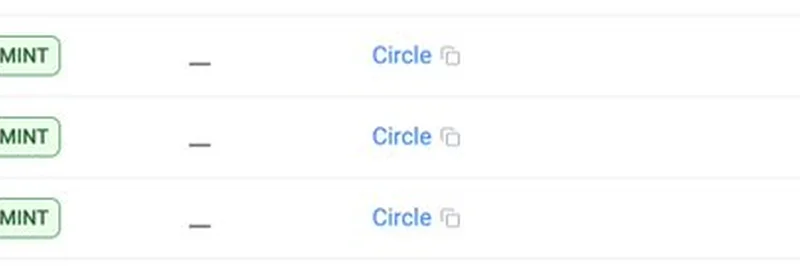In the ever-evolving world of decentralized finance (DeFi), Aave stands out as a powerhouse. A recent tweet from Binji, a notable figure in the Ethereum ecosystem, highlights just how far this protocol has come. Sharing a chart from DefiLlama, Binji points out that Aave's Total Value Locked (TVL) has skyrocketed to nearly $36.5 billion. That's no small feat—it's a testament to what he calls "ungatekept finance," which essentially means open, permissionless financial systems that anyone can access without barriers.
What the Chart Tells Us
Looking at the graph, Aave's TVL journey is like a rollercoaster that's mostly headed uphill. Starting from humble beginnings in 2021, it dipped during tough times like the UST depeg—a major stablecoin collapse that shook the crypto world—and potential attacks on protocols like xSUSHI. But look at those spikes: the start of Ethereum V2 rewards, AVAX V2 rewards, and more recent boosts from OP rewards and siETH depeg events. Fast forward to 2025, and Aave is sitting pretty at over $36 billion in locked assets.
TVL, for those new to DeFi, is the total amount of cryptocurrency deposited into a protocol. It's a key metric showing user trust and activity. Aave's growth here means more people are using it to lend, borrow, and earn yields on their crypto holdings.
Why Aave Feels Like a Global Savings Account
Binji nails it when he says Aave has the properties of a globally accessible savings account. Unlike traditional banks with KYC requirements, borders, and fees, Aave is built on blockchain—specifically Ethereum and other chains like Avalanche and Optimism. Anyone with an internet connection and a wallet can deposit assets, earn interest, or borrow against collateral. It's been running smoothly for almost six years, surviving market crashes, hacks, and regulatory scrutiny.
This permissionless nature is huge for blockchain practitioners. Whether you're a developer building dApps or a trader flipping meme tokens, Aave provides liquidity and tools to amplify your strategies. For meme token fans, think about it: you can use volatile memes as collateral to borrow stablecoins, then ape into the next hot project without selling your bags.
Community Reactions and What It Means for Meme Tokens
The tweet sparked some buzz in the replies. Folks like Jonny Dee called Aave the "GOAT" (greatest of all time) in DeFi, while others noted it's undervalued despite its scale. One user even joked it's like a "crypto bank." These sentiments echo a broader shift: DeFi isn't just experimental anymore; it's a reliable infrastructure.
For the meme token space, Aave's success is indirectly a win. Many meme projects thrive on liquidity from lending protocols. When TVL grows, it means more capital flowing through the ecosystem, potentially funding the next viral token launch. If you're into memes, keeping an eye on DeFi giants like Aave can give you an edge—after all, where do you think those leveraged positions come from?
Looking Ahead in DeFi
Aave's milestone isn't just numbers on a chart; it's proof that ungatekept—er, permissionless—finance works at scale. As blockchain tech matures, protocols like this could bridge the gap to mainstream adoption. If you're diving into DeFi or memes, start by checking out Aave's official site or exploring tools on DefiLlama for real-time data.
What do you think—will Aave hit $50B next? Drop your thoughts in the comments or hit up the original tweet for more discussion.




